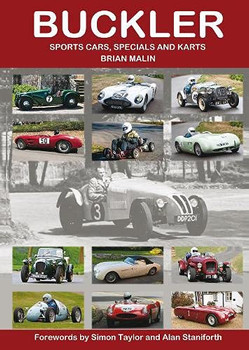Description
By: Bill Starrett .
Introduction:
This book was originally prepared for use as a series of texts, used to give a group of newcomers to "four cycle" kart racing a foundation for understanding in quite a number of important areas, both in karting and in other forms of racing.
It is not intended to be a step-by-step do-it-yourself set of directions on how to do specific jobs on a specific engine or chassis. Neither is it intended to explain how to buy a kart, register for a race meet, etc.
Herein are found many of the "little things", and the reasons for those practices, that most experienced racers have learned over a period of many years. These discussions are centered about the 4-stroke engine, with little specifically associated with the 2-stroke classes.
The reasons for this omission are:
- It seems that most beginners start in the relatively slower, and less expensive, 4-strokes, rather than in the faster and more expensive 2-strokers.
- 4-stroke engines seem to offer more opportunities for the new racer to experiment, and to learn some of the relationships between various areas in the mechanical aspects of racing vehicles.
- Everything in this book, with the exception of references to valve trains, applies to both the 2-stroke and the 4-stroke engine/chassis combinations.
- Finally, and perhaps most important, everything offered here (except chain and centrifugal clutch info) will apply directly to other types of racing vehicles that may be encountered.
You will find that racing in karting, Formula 1, Indy, NASCAR, etc., is a mass of compromises. For example a car cannot be geared for both acceleration and top speed. Setting up for easiest handling in left turns and right turns and straights is another example of compromising.
Bill Starrett



















